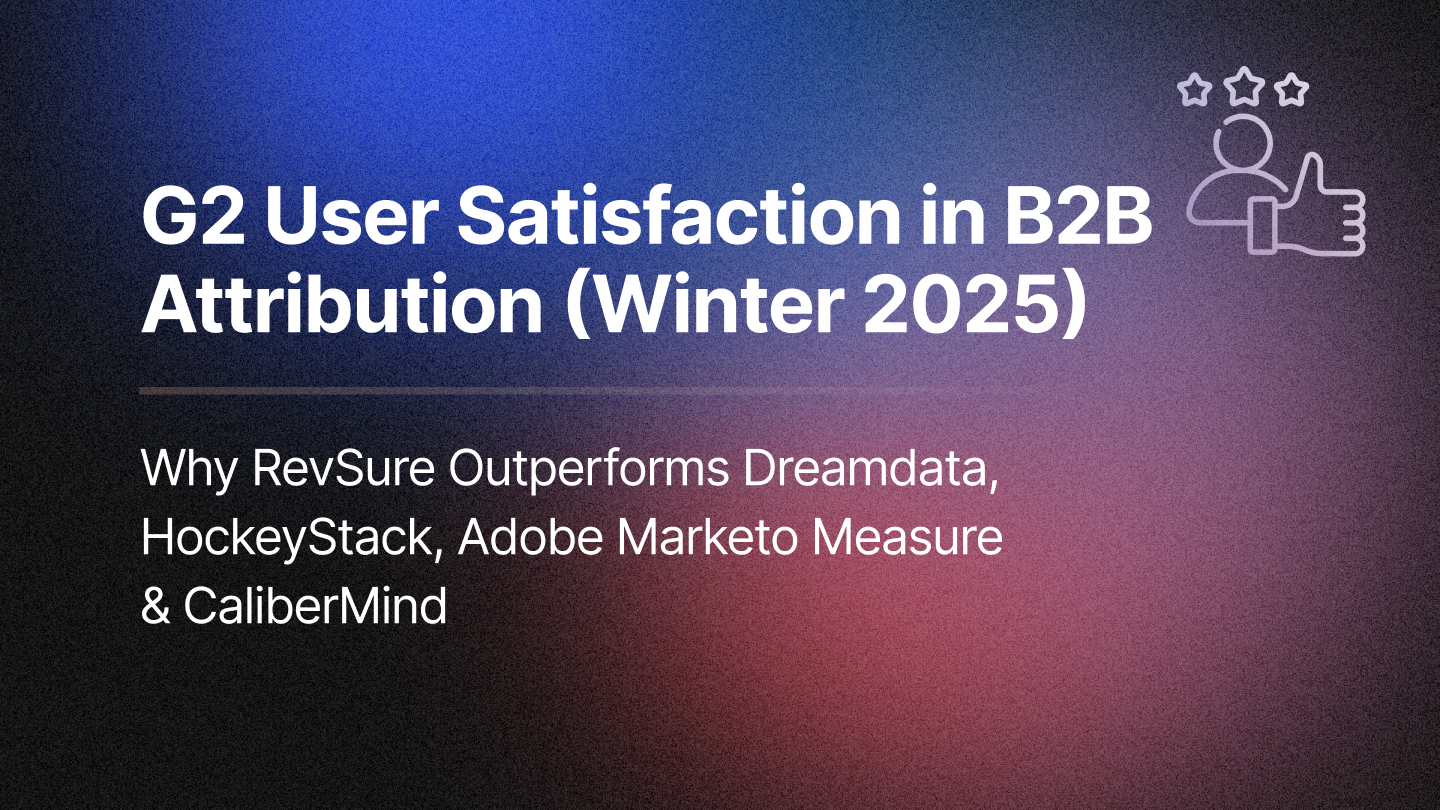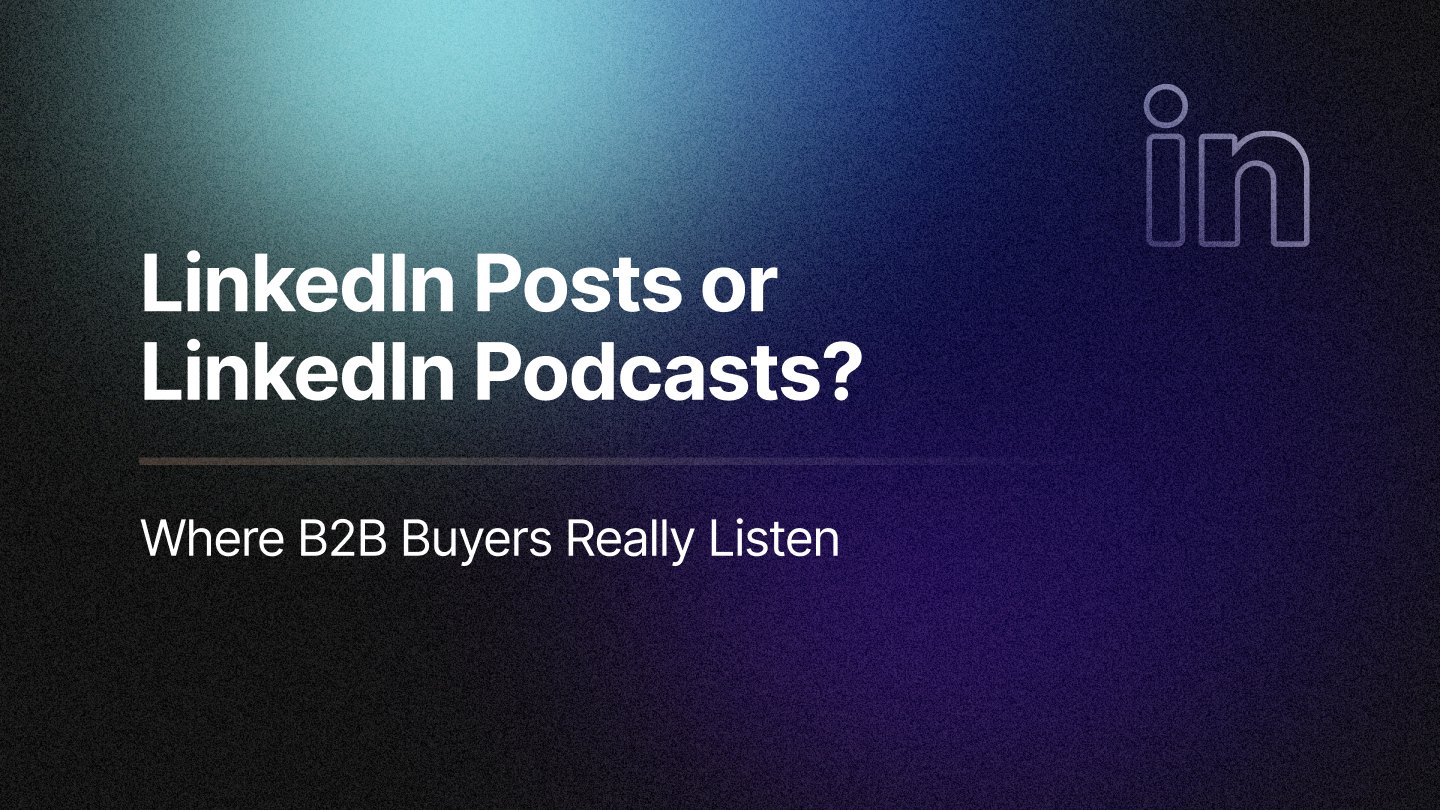B2B go-to-market execution has always been a race against time, against the buyer’s shrinking attention span, the sales team’s mounting targets, and the marketer’s endless campaign calendar. In 2025, that race is being won by a new kind of teammate: the AI agent.
Unlike simple automation tools that follow static rules, AI agents are autonomous systems that observe, analyze, and act, without waiting for human intervention. They're not here to take over your GTM engine. They’re here to make it frictionless, intelligent, and 50 times faster. And if you’re still moving leads manually between tools, assigning accounts in spreadsheets, or waiting days for campaign analysis, you’re already falling behind.
The Shift from Manual to Autonomous GTM
Most GTM teams still rely on human-driven workflows: marketers launching campaigns, SDRs combing through leads, RevOps pulling weekly reports, and sales leaders triaging accounts on gut feel. Each step is sequential. Each handoff introduces delay.
AI agents flip that model on its head. They don’t just support execution, they do the execution. Campaign performance is monitored in real time. High-intent leads are routed within minutes. Underperforming ads are paused automatically. The entire funnel becomes self-adjusting. A task like moving a form fill to sales outreach, traditionally a 4-to-6-hour lag, can now happen in under 10 minutes.
What Makes This Acceleration Possible?
Three core foundations enable AI agents to deliver this kind of performance.
The first is unified data. Without visibility across CRM, marketing automation, sales engagement, and web analytics, AI agents are blind. With a connected data graph, every touchpoint, from anonymous site visit to closed-won deal, is traceable and actionable.
Second is the presence of multiple specialized agents, each designed for a specific GTM function. Prospecting agents scan intent signals. Content agents draft personalized messaging. Routing agents assign the right rep. Campaign agents optimize spend. Together, they operate like a modern assembly line, each with a clear job, but working in real-time harmony.
This is precisely what RevSure’s Agent Hub delivers, a no-code environment where GTM teams can deploy, manage, and scale AI agents purpose-built for attribution, pipeline acceleration, campaign optimization, and more. It’s the operating system for full-funnel execution at speed.
Finally, real-time decision engines sit at the core. These engines don’t wait for human validation. They respond to behaviors as they happen, updating scores, adjusting sequences, triggering outreach, and ensuring that every moment of buyer engagement is capitalized upon.
Where AI Agents Make the Biggest Difference
Lead qualification is a perfect example. In most organizations, it's a manual process involving form reviews, ICP matching, and enrichment checks. AI agents reduce that process from hours to seconds. They ingest data instantly, evaluate engagement, match against ICP criteria, and assign the lead with next-step instructions. No bottlenecks. No missed windows of intent.
Personalized outreach at scale is another area where AI agents shine. By pulling in data from prior engagements, company news, job roles, and past downloads, agents can tailor messaging with surgical precision, without requiring hours of SDR research. What once took 15 minutes per email now happens in parallel for thousands of prospects.
AI agents also enable seamless orchestration across channels. They coordinate emails with ads, sync sales outreach with LinkedIn activity, and trigger campaigns based on real-time actions. That orchestration ensures consistent messaging and optimal timing, no matter where your buyer is in the journey.
And when it comes to routing, agents don’t settle for round-robin logic. They evaluate historical rep performance, industry alignment, and even timezone availability to assign leads with maximum likelihood of conversion. Handoffs are no longer just fast, they’re intelligent.
What Holds Teams Back
Despite the promise, deploying AI agents at scale isn’t plug-and-play. Data silos remain a top barrier. When CRM and MAP aren’t in sync, or when enrichment tools operate in isolation, agents are left guessing, and their decisions suffer.
Tool maturity is another concern. Many first-gen platforms market themselves as “AI-powered” but lack integration depth, transparency, or stability. When these tools fail silently, they introduce risk.
The third roadblock is organizational: lack of alignment across marketing, sales, and RevOps. If qualification definitions differ, or KPIs are disconnected, agents will execute, but not necessarily toward the right outcomes.
What GTM Teams Do Differently in the Age of AI
AI agents don’t eliminate jobs; they elevate them.
Marketing leaders now focus more on message, positioning, and strategic planning than campaign logistics. Sales reps spend more time on conversations and closing deals rather than on admin work. RevOps professionals shift from spreadsheet jockeys to system architects, designing the data flows and feedback loops that power intelligent execution.
The most valuable skills in a GTM team are evolving: strategic thinking, data interpretation, and cross-functional orchestration are rising in demand. What used to be “execution” is now handled by the machines—giving teams more room to lead.
Measuring the Impact
Early signs of AI impact show up in leading indicators: faster lead response times, shorter sales cycles, and higher qualification accuracy. The lagging indicators follow: stronger pipeline coverage, improved conversion rates, and more predictable revenue.
Performance improvements are substantial:
- Lead response time drops by 95%
- Campaign optimization cycles shrink from days to hours
- Funnel risk detection becomes real-time instead of retrospective
ROI isn’t abstract; it’s measurable. Teams compare the value of incremental pipeline and reduced CAC against the cost of deploying AI agents. Most recover their investment within a quarter.
What’s Next: Continuous Learning and Scaling Enterprise-Wide
The road to 50x GTM speed doesn’t end with automating one workflow. It depends on two things: continuous agent learning and enterprise-wide rollout.
As AI agents act, they learn, refining scoring models, adapting message timing, and improving routing decisions. With each cycle, they become more effective. And as adoption expands, from marketing ops to sales, from campaign planning to post-sale engagement—the flywheel spins faster. The more surface area agents cover, the more connected and responsive your GTM engine becomes.
The GTM Fast Lane Is Open, If You're Ready to Enter It
If your team is still caught in dashboards, exports, and handoffs, AI agents are your acceleration lever. They don’t just make GTM faster. They make it smarter, more resilient, and revenue-focused. At RevSure, we’ve built the Full Funnel Agentic AI platform to help B2B teams scale this transformation. From attribution to pipeline readiness, campaign lift to conversion scoring, our agents execute across every stage of the funnel.
Ready to shift gears? Book a demo and see how fast your GTM motion can go when you’re not the one pushing it.
Related Blogs







